The club organizes the seminar Sustainability Talks with student members and different experts on specific sustainability topics. After each session, the members collect the lessons learned and conclusions reached on each of the topics we have worked on. Each session is linked to a specific SDG, so it is easy to find topics that transcend the entire global society.
Year 2021-2022
ODS 15 - LIFE OF TERRESTRIAL ECOSYSTEMS
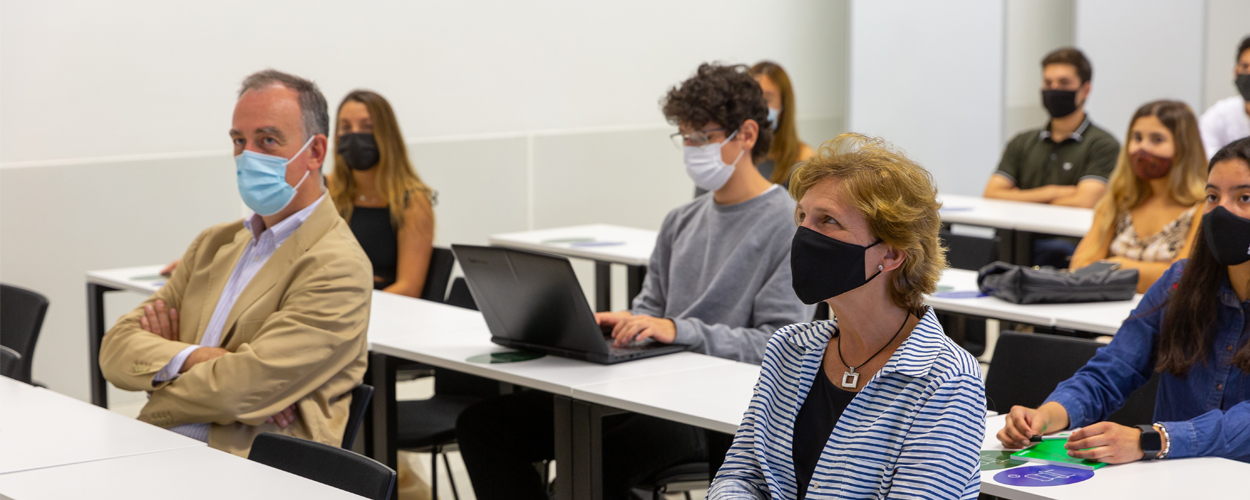
goal chosen: SDG 15.a Mobilise and significantly increase financial resources from all sources to conserve and sustainably use biodiversity and ecosystems.
On the first day of October, the Sustainability Club welcomed Enrique Baquero, director from department of Environmental Biology of the University of Navarra. Taking into account that the goal of the club this year is to prepare its students to be able to apply sustainability in their projects and future work, Enrique was invited to open the first Sustainability Talks of the year. The talk focused on goal of development Sustainable #15: life of terrestrial ecosystems. Enrique started from the fact that many times, when we talk about sustainability, we don't really know what it is that we have to sustain. Therefore, during his presentation, Enrique taught about the different types of terrestrial ecosystems that exist, which have different characteristics, and with them, different forms of life to protect and which cover a third of our planet. He also explained how the relationships and dynamics between biotic and abiotic factors of habitats occur naturally in harmony, and when this balance is disrupted, the sustainability of the ecosystem over time is lost. Anthropological factors such as population growth, domestication of environments for agriculture and livestock, industrialisation, transport, species introduction and so on, have disrupted the natural balance of ecosystems exponentially. And often, the benefits of these activities are taken by multinational companies, and many marginalised populations are greatly affected. In addition, Enrique explained that many products that have emerged over the last few years, such as solar panels, windmills and electric cars, are not 100% sustainable because their background (such as their production, sourcing of raw materials, or installation) is generally not. Enrique helped to reflect that humanity should seek to live in places where they, and the environment where they settle, do not have to spend so much effort to coexist. Also, that awareness should be raised about the difference between what we know or believe, and what actually happens in ecosystems. The Sustainability Club, along with Enrique Baquero, invites and encourages us to investigate and educate ourselves. Today's common and popular knowledge has its limits. For example, many of us know that birds have had conservation problems, but did you know that insects have had problems too?
Every species in the ecosystem is part of a chain. Sustainability is also about caring for and preventing these chains from breaking. In core topic of consumption, one of the most relevant points is to know the origin and process of what we buy and share. Understand that there is a possibility that we can promote or accept certain attitudes that harm the environment, without even realising it. There are many slogans, organisations or products that we blindly follow without critical analysis. We must know and investigate in order to understand and thus adopt a lifestyle that respects our environment. Let us not be fooled. Let us not obey the slogans of excessive consumption. We should all question the background of our decisions and take perspective of our daily actions to achieve the change we wish to see reflected in our environment.
Friends of the Club
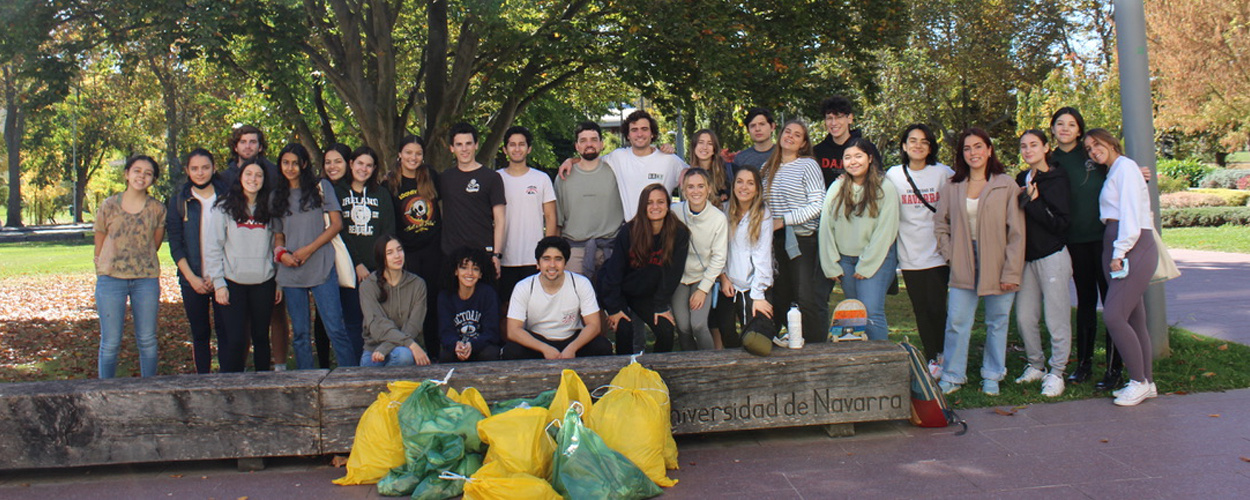
On the 23rd of October 2021 the members and Friends of Sustainability Club UNAV organised a clean-up of the river of the University of Navarra together with CampusHome, who collaborated in the organisation of the event. It was exciting to see around 35 people working together for the same cause, simple but at the same time useful and effective. So much so that we ended up expanding the clean-up to the entire campus and although it is worth highlighting the good habits of the student community in terms of recycling, we were able to collect 13 bags of rubbish, 10 of which were exclusively plastic waste. In addition, at the end of the activity, the participants received a thank you leaflet, printed on seed paper which, when dipped in water, germinates plants. After a few days, the members were able to transplant the paper into a pot and have a new herbaceous species in their home decoration.

ODS 7 - AFFORDABLE AND CLEAN ENERGY

goal chosen: SDG 7.2: By 2030, significantly increase the share of renewable energy in the energy mix.
Last Friday 15th October we had the privilege of being able to count on the presence of César Martín-Gómez, from the School of Architecture of the University of Navarra, who spoke to us about SDG 7: Affordable and clean energy. From the beginning of discussion paper César told us that it was not an easy topic , the implementation of clean energy for the whole world depended on countless external factors, a change in perception and a renewed commitment. For him, the solution lay in courageous politicians and policies willing to implement regulations in the interest of the environment and sustainability.
The session started with a participatory exercise, César showed us pictures and the members had to give examples of sustainable energies that we could implement in each place.
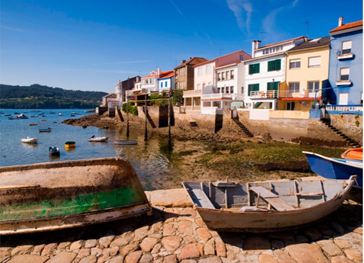
For example, this photo showed us that solar panels or small windmills could be installed on roofs, but the solar panels could be filled with dirt or other debris and become unusable, or neighbours could complain about the noise or aesthetics that the windmills could generate.
With these examples, I was trying to explain the diversity of obstacles that the implementation of these technologies has to overcome. The solutions are there, but we need to communicate the importance of having them, to weigh up whether we would rather have an ugly windmill on our roof or a city full of air pollution. Another point he made during this exercise was the need for resources, for economic investment aimed at gradually building a more sustainable world in terms of energy. He spoke of investing wisely, taking into account all possible variables, but striving to meet the goal of SDG 7. He also gave the example of how in Barcelona the implementation of solar panels on buildings was a failure due to lack of foresight and preparation, something that could have been done much better. He talked about the importance of not rushing to solve problems without having done research before, it is important to rush to start changing the status, but the first step is to take into account all the variables and possible drawbacks along the way, after that we will find the best solution.
ODS 12 - QUALITY CONSUMPTION AND PRODUCTION
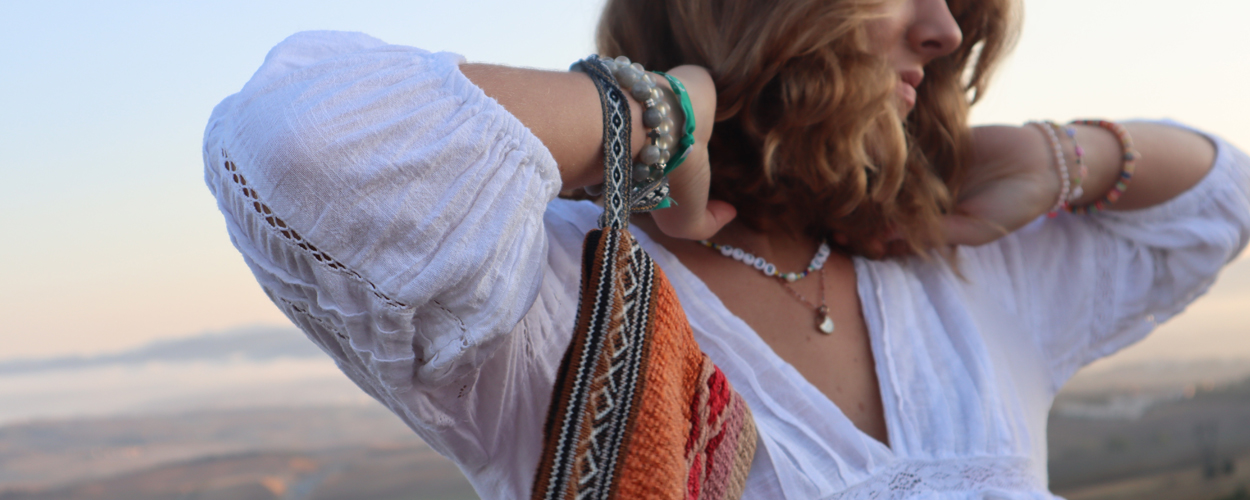
goal chosen: SDG 12.6: Encourage business, especially large and transnational corporations, to adopt sustainable practices and incorporate sustainability information into their reporting cycle presentation .
The sustainable fashion movement originated in 2013, but it is now taking centre stage in the sector. Last November we had the pleasure of meeting Gloria Gubianas, from the sustainable fashion brand Hemper. We understand sustainable fashion to be that which is designed with materials of origin that respect people and the environment, with processes in which workers are fairly remunerated and following decent ethical standards from design to distribution. In other words, economic, social and environmental considerations are taken into account.
There are brands that try to profit from this movement without really supporting the real cause, creating campaigns that are called sustainable but in the end are not, the so-called greenwashing. This shows the importance of informing ourselves and investigating further, especially when buying or referring a brand to others.
The problem of fast-fashion goes back decades, and intensified with the democratisation of fashion in the 1990s. Companies like INDITEX have developed business models that take advantage of cheap labour, poor quality or environmentally unfriendly materials, and mass production, which in the end allows them to offer very low prices that the sustainable skill cannot work with. Consumers are attracted by these low prices, so they achieve mass sales and have large groups of consumers who repeat their purchases on a recurring basis. Another branch of the fast-fashion problem is related to the high percentage of garments that do not sell, or are damaged very quickly and end up in landfills.
Even so, the sustainable fashion movement is intensifying and becoming more popular, creating a large market of customers who are looking for quality and sustainability rather than a ridiculously low price. An example of a brand that has been born out of the movement is INTI, a Peruvian brand of sustainable accessories, made with 100% handmade materials and that dedicates 10% of its income to Education. They seek the welfare of indigenous communities and want to help, through their social responsibility programme, children who do not otherwise have access to Education .
Another example is Hemper, a sustainable and ecological brand committed to society and nature, which uses creativity and sensitivity to bring about change. They have a model of business that can be considered "activist", by submit using part of their resources to serve society. They offer a variety of products ranging from clothing to backpacks, fanny packs and other accessories. They also seek the economic and social development of Nepal, where their enterprise began. Along the same lines is Roots South, another sustainable fashion business created by Giancarlo Cassinelli, a member of the Sustainability Club.
SDG 17 - PARTNERSHIPS TO ACHIEVE THE GOALS
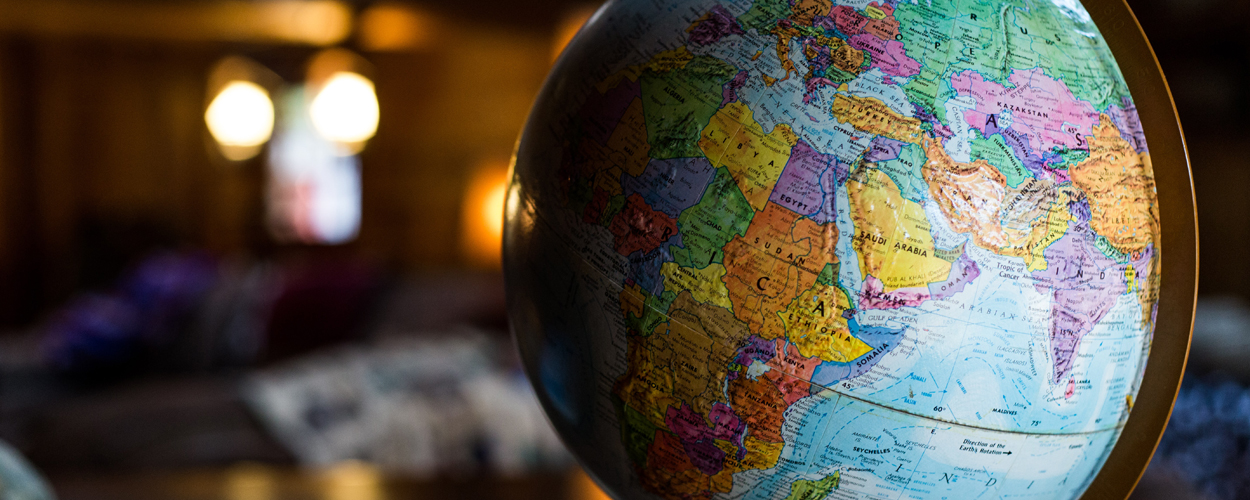
17.9 Increase international support for effective and targeted capacity-building activities in countries at development to support national implementation plans for all Sustainable Development Goals development , including through North-South, South-South and triangular cooperation.
Guided by Luis Ravina, Director Navarra Center for International Development (NCID) of the University's high school of Culture and Society, we learned how the SDGs, signed in 2015 by exactly 193 countries, are part of a programme that served to update the previous proposal called MDGs (millennium development goals). In the former proposal the developed countries (northern countries) supported the developing countries development, but these recipient countries were little involved in achieving these goals. Moreover, the old programme did not involve civil society. This is why a new proposal has been developed, the SDGs (which are part of the diary 2030). The aim of this diary is to design a joint global action plan for promote prosperity and well-being, in which both rich and developing countries are involved development.
Partnerships are seen as one of the main elements to achieve the diary 2030. In addition, the aim is to reduce the gap between the countries of the North and the South in order to end inequality as far as possible. On the other hand, it also seeks a greater connection and distribution of economic resources. These partnerships have a dynamic multi-sectoral vision, as all actors are considered important.
Going back a few years, in 1992, with the first sustainable summit, it was proposed that governments and the private sector work together. The problem with this partnership is that they were not really partnerships, but ended up being contracts that only touched on environmental sustainability. In 2002, partnerships for sustainable development and the environment were proposed. It was not until 2012 that these partnerships were strengthened and civil society was introduced as a necessary actor to bring about change.
The creation of the SDGs has led to the following concrete benefits:
- Increased access to resources
- More effective services
- Most effective products
- Increased credibility
- More development of capacities
· Innovación
But as with all advantages, there are disadvantages:
- Conflict of interest
- Lack of autonomy
- Large amount of resources to be employed
Once the general context and intention of these partnerships is understood, it is core topic to know how to start partnerships. Firstly, a common goal needs to be established for the signatory countries, in the context of the SDGs. Secondly, the signatories need to have credibility. Thirdly, a assessment of individual contributions must be made. With this approach, the implementation of human development projects between different countries is an element core topic to achieve the goals of diary 2030 on time.
